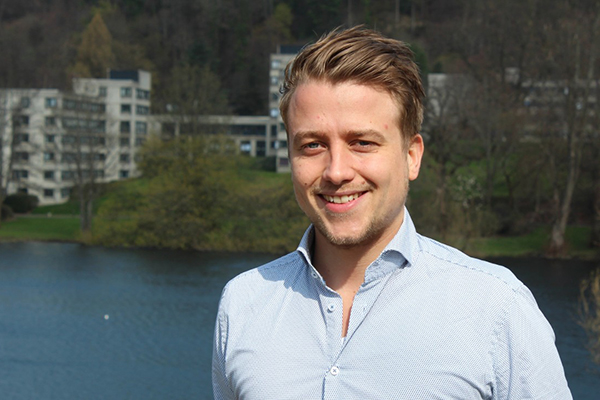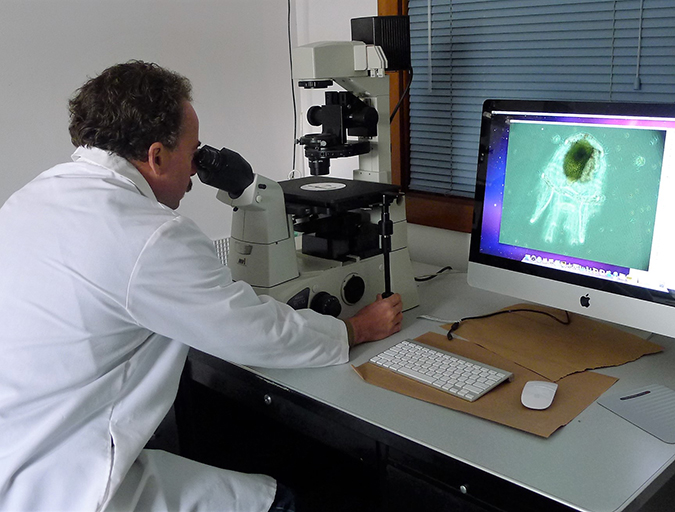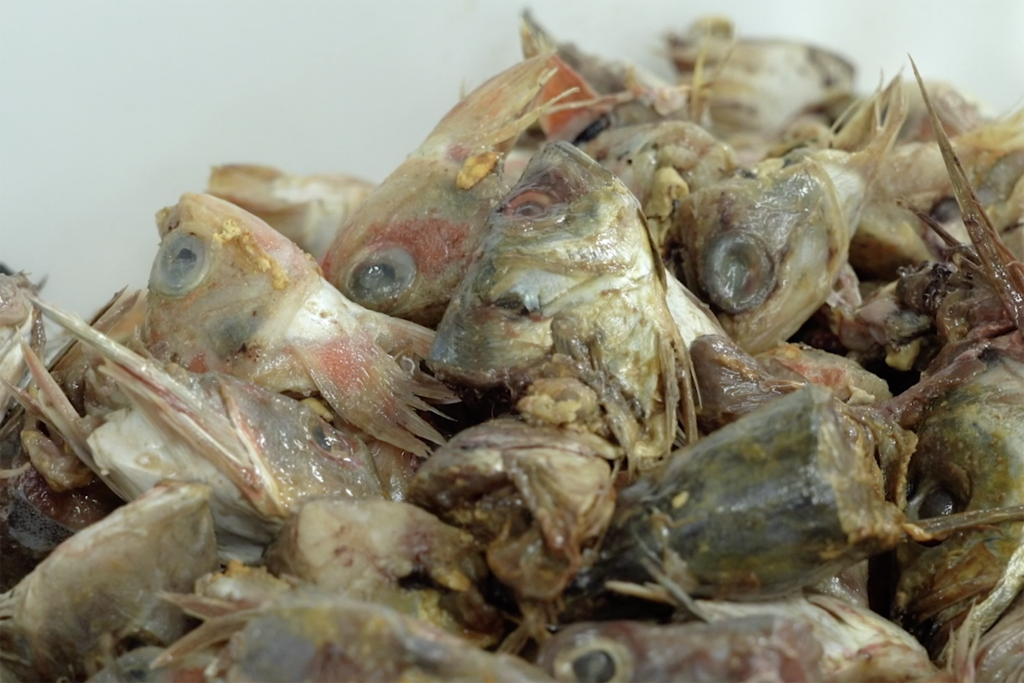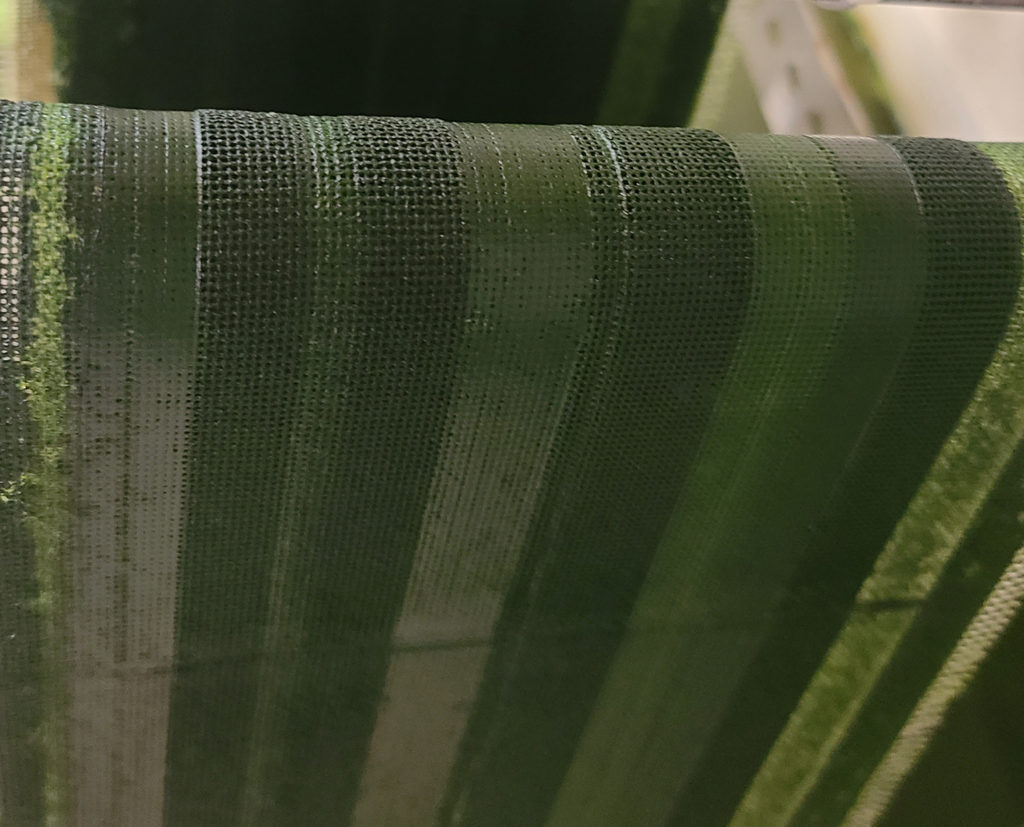Study stems from European Union’s GAIN project

Aquaculture byproducts can increase the industry’s sustainability and contribute to other sectors like diet supplements, cosmetics and animal feeds, a new study concludes.
Researchers from the University of Stirling’s Institute of Aquaculture found that byproducts like fish heads, frames, trimmings, skin and organs are an underutilized resource that could support the sustainable growth of Europe’s aquaculture sector.
“Although fish byproducts don’t sound appetizing, they are full of goodness and can be used for many purposes – including in food supply and diet supplements,” said University of Stirling Ph.D. researcher Wesley Malcorps.
As part of the Green Aquaculture Intensification in Europe (GAIN) project, Malcorps determined that a large proportion of commonly farmed species like Atlantic salmon, sea bass, gilthead sea bream and others were being routinely wasted in industrial and household processing. The paper is published in the journal Frontiers in Sustainable Food Systems.
“Our results show a substantially higher total flesh yield (64 to 77 percent) can be achieved if fish are fully processed, compared to fillet only (30 to 56 percent), as is often the case,” Malcorps continued. “Heads, frames and trimmings from all species show potential to increase the food supply, in soups or processed foods, such as fish fingers, sauces and fishcakes. They could also be processed into food extracts and nutraceuticals – such as protein powders, fish oil and collagen supplements – potentially producing a higher economic value.
Fish organs can be used in animal feed, as can skin, due to their high protein and low ash content. Feeding byproducts to livestock contributes to nutrition in the human and pet food supply chains as well, he added. Currently, 33 percent of fishmeal, fish oil and protein hydrolysate supplies are from byproducts, a rate that Malcorps said could be increased.
Valorizing aquaculture waste into bio-fertilizers and pet feed
“European aquaculture is dependent on imported feed from marine and terrestrial systems, such as fish meal, oil and soy, particularly for carnivorous species such as salmon. Substituting plant for marine ingredients just shifts the impact from sea to land, and also risks compromising the health and welfare of the cultured animal.”
Prof. Dave Little, also of the Institute of Aquaculture, who oversaw the study, added: “Using the whole fish is a key component of the sustainable intensification of seafood. There are issues to address in terms of technology and infrastructure, which would need capital investment to resolve, but our analysis indicates that byproduct separation could add value and nutritional efficiency. It could increase aquaculture’s output without using more resources.”
Follow the Advocate on Twitter @GSA_Advocate
Now that you've reached the end of the article ...
… please consider supporting GSA’s mission to advance responsible seafood practices through education, advocacy and third-party assurances. The Advocate aims to document the evolution of responsible seafood practices and share the expansive knowledge of our vast network of contributors.
By becoming a Global Seafood Alliance member, you’re ensuring that all of the pre-competitive work we do through member benefits, resources and events can continue. Individual membership costs just $50 a year.
Not a GSA member? Join us.
Author
-
Responsible Seafood Advocate
[103,114,111,46,100,111,111,102,97,101,115,108,97,98,111,108,103,64,114,111,116,105,100,101]
Tagged With
Related Posts

Innovation & Investment
Aquaculture Exchange: David Little, University of Stirling
David Little, professor at the University of Stirling in Scotland, tells the Advocate about the rapid evolution of the aquaculture industry in Southeast Asia — where he made his home for many years — and discusses the role of academia in ushering in new eras of innovation.

Innovation & Investment
Better together: Partnerships drive innovation at leading labs
Laboratories with industry partnerships are making aquaculture more innovative, efficient and responsible. These collaborations offer access to expertise, facilities and funding to further the industry and improve global food security.

Responsibility
An introduction to circular economy principles in aquaculture
In the latest article from the GAIN project, implementing circular economy principles can help increase the sustainability of aquaculture production.

Aquafeeds
Could microalgae culture on a conveyor belt catch on?
Alabama-based startup is developing a conveyor belt system to culture microalgae in less space than raceways and with a more efficient collection system.


